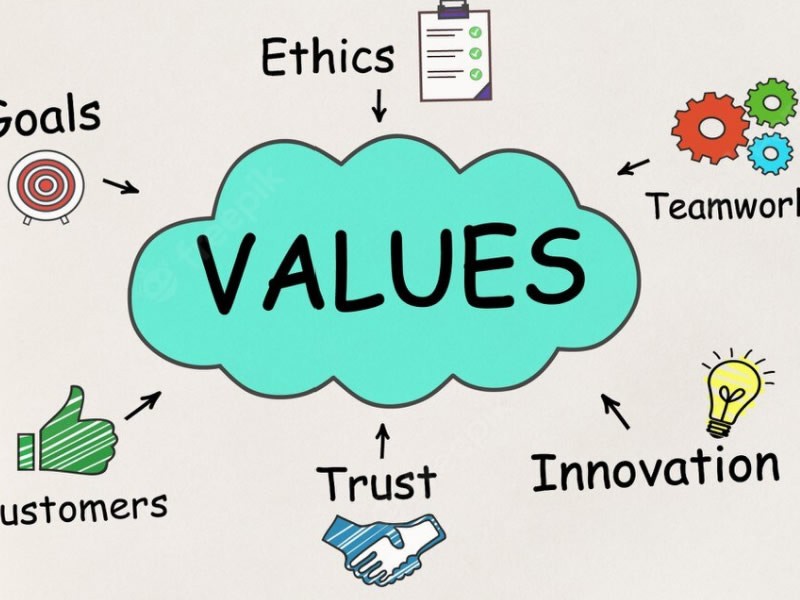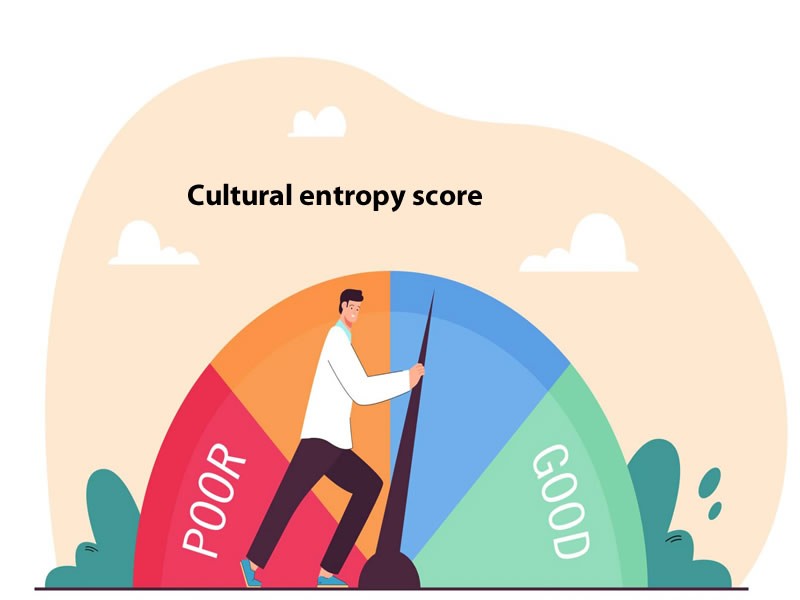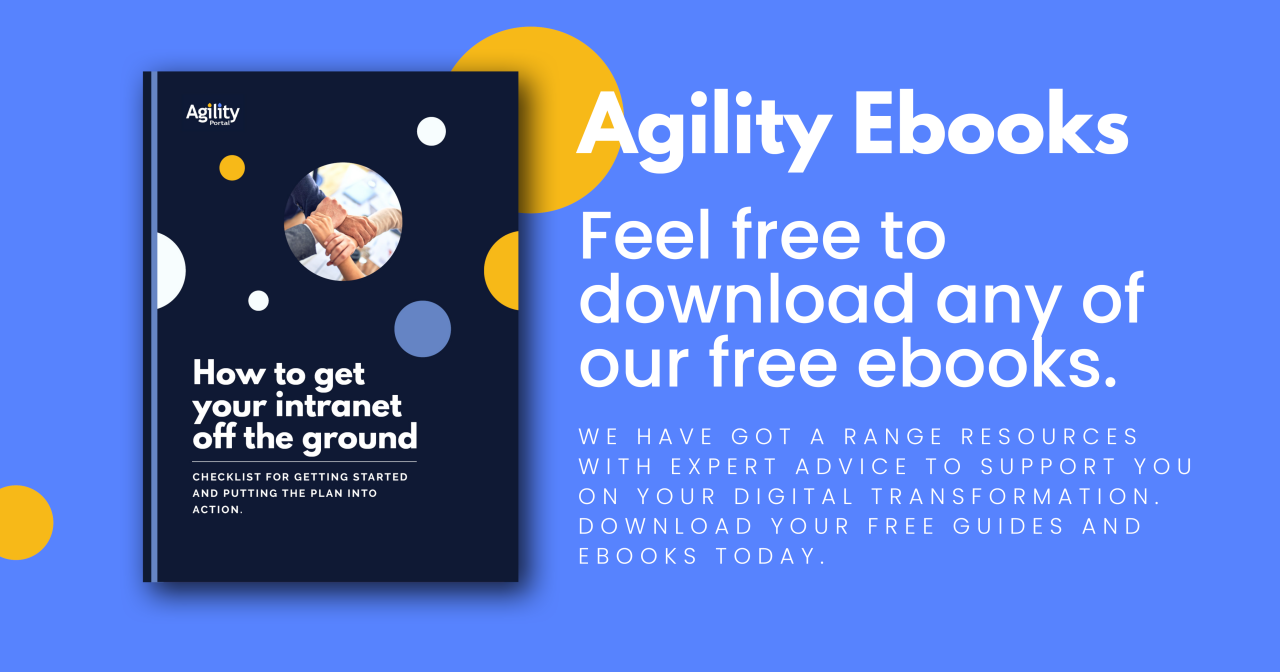Insight Blog
Agility’s perspectives on transforming the employee's experience throughout remote transformation using connected enterprise tools.
9 minutes reading time
(1707 words)
What is Cultural Entropy Score? – UPDATED 2022 – A Complete Guide
What is Cultural Entropy Score? Well in a nutshell it is when employees that spend a lot of time on non-productive or superfluous tasks have a high cultural entropy score.
The extent of dysfunction in an organization caused by leaders' limiting ideas and fear-based activities is known as cultural entropy. What is Cultural Entropy Score? Well in a nutshell it is when employees that spend a lot of time on non-productive or superfluous tasks have a high cultural entropy score.
Employees learn rapidly, not from what they read in the employee manual, but from how their manager has trained them to react.
They quit asking inquiries if they are confronted with animosity or reprimands to go find it up. If they are greeted with control and limitations when they try to take initiative and innovate, they will give up.
You can say that an organization's culture is positive when basic beliefs and the personal values of its executives and employees are in sync. With low cultural entropy scores, a good culture results in highly engaged and trusting behaviors, where executives and employees are held accountable for results and work hard to achieve the company's objective.
How can you define cultural entropy?
The level of dysfunction developed in an organization as a result of fear-driven energy is known as cultural entropy. Fear-based behavior is the result of both conscious and subconscious beliefs about oneself held by a community or group of people. Entropy affects almost everyone in some way. However, how well one can pin it down before it becomes counterproductive is the trick.
Why leaders are unable to deal with cultural entropy?
Regrettably, most, if not all, leaders and managers are ill-equipped to deal with organizational cultural entropy. Thus, this has a negative impact on efficiency, employee engagement, and dedication. As the amount of cultural entropy rises, so does the level of cohesion and trust in the company. We know that all of the negative energy in any business is coming from the leadership, so the transformation must come from above.
How leaders can avoid cultural entropy?
When leaders and supervisors participate in compassionate behaviors, they foster an environment of open dialogue in which employees are encouraged to take responsibility for their work. Everyone in the company develops a sense of dedication to directing their efforts in the same direction. As a result, cultural entropy decreases, and employee engagement increases.
How risk management is linked with cultural entropy?
Risk management and cultural entropy are inextricably linked. The amount of energy used by pointless effort in an organization is known as cultural entropy. It's also a gauge of the angst and resentment that might arise when potentially restricting values are brought up in the workplace. It assesses the degree of dysfunction in an organization caused by fear-driven energy and silos thinking.
Cultural entropy score
The amount of energy spent on wasteful or needless effort is revealed by the cultural entropy score. Here are the factors that are included in the cultural entropy score:
Degree of organizational dysfunction
The cultural entropy score reflects the degree of organizational dysfunction (friction and dissatisfaction) caused by the leaders' self-serving, fear-based actions. If you are noticing a decrease in the organization's cohesion and level of trust it means that the cultural entropy score will increase.
Responsibility of leaders
Leaders must act with honesty and work on maintaining their integrity in order to win trust. They must show that they are concerned about the organization and its employees and the common welfare.
Fear-based activities
The fear-based activities and behaviors of leaders, managers and supervisors influence the cultural entropy score in a company.
Nervousness of leadership
The cultural entropy score rises and employee engagement falls when team leaders, managers, and supervisors are nervous and scared. It happens when they have unmet deficient needs and engage in dysfunctional behaviors like control, manipulation, blaming, internal competition, and so on.
Trust in leadership
The cultural entropy score decreases and employee engagement increases when leaders, managers, and supervisors engage in caring and trusting behaviors and the organization encourages its employees to be responsible and accountable for their work, allowing them free rein to take initiatives that boost performance.
Cultural values assessment
You can easily use the Cultural Values Assessment (CVA) as it is an effective instrument for gathering feedback from all members of your company or team. It's generally the first stage in a discovery process to acquire a clear picture of how people think about the existing organization and how they want it to change in the future.
The framework of the road map to achieving the cultural transformation that the organization desires are included in the CVA results. The CVA results are frequently presented as part of a full-day, multi-stakeholder, facilitated discussion of the significant topics that emerge.
Customize cultural value assessment for your organization
The assessment is customized for your company to guarantee that the values mentioned are appropriate for your sector, company, and scenario. If your group has established fundamental values, for example, these can be added to the list as needed.
How can you conduct cultural value assessment?
The assessment is straightforward, and it takes each participant about 10-15 minutes to complete online. There are three main concerns. To begin, list your top ten personal values. Second, what are the top ten ideas that characterize contemporary culture?
Finally, what are the top ten values that best represent your Ideal Culture? The participant will select from a selection of 100-130 values in each circumstance.
A few open-ended questions are usually added to let participants express more fully their experience of being a part of the organization, such as what they most celebrate... and what they would most like to change.
Keep the details confidential
More importantly, all responses are kept confidential and only reported anonymously to promote honest criticism.
There is also an option for full sub-group reports. They can be provided if required, including any demographics inside the group, such as departments, position levels, and so on.
They can be used to highlight the disparities in perception as well as the relative health of each sub-group.
What is included in a cultural value assessment report?
The top ten cumulative findings for Personal, Current Culture, and Desired Culture Values are displayed in the main CVA report. The Barrett Model graphically maps these values to show how the culture is evolving across the seven levels.
There are a number of reports provided, each of which focuses on a different aspect of the findings, resulting in a clear image and road map for the organization's future. The full list of participants' short responses to the open-ended questions is also presented.
Why cultural entropy should be measured?
The "cultural entropy" within the culture is a unique and particularly useful measurement. It's a metric for determining how much conflict, friction, or dissatisfaction exists inside a culture, and how much it affects productivity and the quality of the environment. You obtain a detailed list of the specific "limiting values" (e.g. bureaucracy, blame, silo mindset) that contribute to the entropy assessment in addition to the overall measurement.
The organization can track its progress toward building its desired culture by repeating the CVA every year or every other year.
What is personal entropy?
The quantity of fear-driven energy that a person shows in their day-to-day interactions is referred to as personal entropy. People's fear-based thoughts, or in other words the limited beliefs about achieving their insufficiency needs, give rise to fear-driven energy.
A deficit need is anything you need to have, seek, or increase to be satisfied in your current physical and social surroundings.
Personal entropy at the viability level
At the viability level, the limiting beliefs can be explained by the survival instincts or not having enough of what you desire or need to feel safe and secure. To be in control of something, manipulate it according to your will, the desire for more, and excessive caution are examples of potentially restricting values resulting from these ideas.
Personal entropy at the relationship level
Limiting beliefs revolve around a lack of belonging when it comes to a relationship level. It can also be about not feeling cared for or loved enough to be welcomed and protected. As a result of these beliefs, people demonstrate potentially limiting values including blame, like, competitiveness, and jealousy.
Personal entropy at the performance level
Moreover, if we talk about this at the performance level, the limiting beliefs can be about self-worth. In other words, it is about not being good enough to gain the recognition or respect of authority figures in your life or peers.
What is leadership entropy?
Entropy in leadership has been modified numerous times in order to accommodate changing paradigms and time constraints. For instance, Plazma leadership, Quantum leadership, and fractal leadership are concepts and terminology that have risen to prominence as a result of these initiatives. All of these types of leadership are attributed to providing the drive for leadership transformation and organizational growth through effective function and program structure. Entropy, on the other hand, eludes them on a frequent basis. As a result, the door to leadership is generally open.
Leadership entropy can be clear in case of change. What leadership is all about is tapping into people's collective discretionary effort to open up new possibilities. Otherwise, we're either just managers or passive observers of the inherent resistance, misperception, and lack of performance that occurs in organizations.
Download our eBook on How to get your intranet off the ground.
Categories
Blog
(2590)
Business Management
(318)
Employee Engagement
(204)
Digital Transformation
(172)
Intranets
(119)
Growth
(118)
Remote Work
(61)
Sales
(48)
Collaboration
(37)
Culture
(29)
Project management
(29)
Customer Experience
(26)
Knowledge Management
(21)
Leadership
(20)
Comparisons
(5)
Ready to learn more? 👍
One platform to optimize, manage and track all of your teams. Your new digital workplace is a click away. 🚀
Free for 14 days, no credit card required.



















